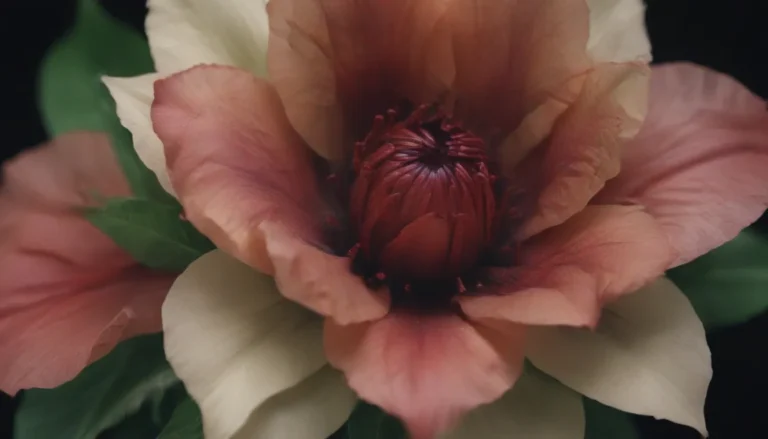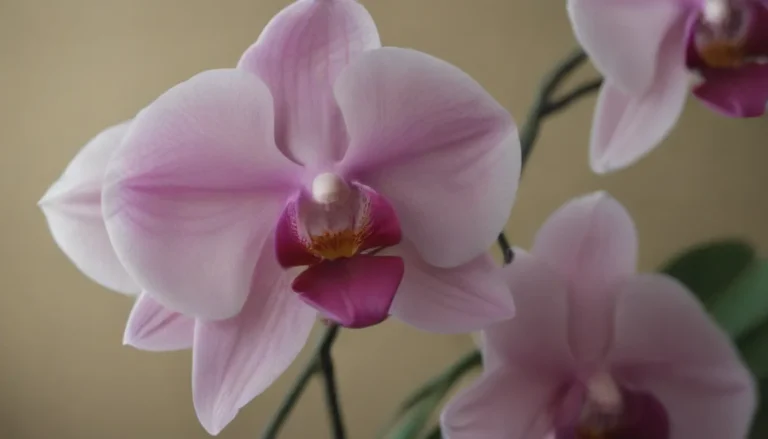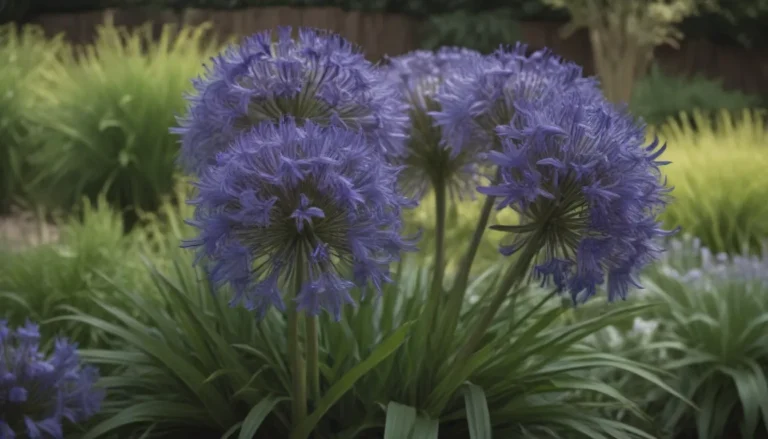Your Complete Guide to Growing and Caring for Silver Birch Trees

Silver birch, also known as European white birch, is a beautiful deciduous tree that adds a touch of elegance to any landscape. Its distinctive white bark, light yellow catkins, and foliage make it a popular choice for gardeners looking to add seasonal interest to their gardens. In this comprehensive guide, we will delve into everything you need to know about growing and caring for silver birch trees.
Understanding Silver Birch Trees
Before diving into the care requirements for silver birch trees, it’s important to understand the unique characteristics of these stunning trees. Silver birches thrive in cool climates and do best in regions with temperatures that do not exceed 75 degrees Fahrenheit. They require full morning sun and partial shade in the afternoon to thrive. Additionally, silver birches prefer moist, acidic soil and are not well-suited for hot, dry, or humid climates.
Main Care Requirements for Silver Birch Trees
When it comes to growing and caring for silver birch trees, there are a few key factors to keep in mind:
Light:
- Plant silver birch trees in a location that receives full sun in the morning and partial shade in the afternoon to ensure optimal growth and foliage color.
Soil:
- Silver birches thrive in moist, well-drained sandy loam soil. While they prefer acidic soil, they are adaptable to various soil conditions.
Water:
- Keep the soil around silver birch trees consistently moist, especially in drier regions. Consider using a soaker hose to mimic the wet forest floor conditions that silver birches prefer.
Temperature and Humidity:
- Silver birches do best in cool climates and are not suited for regions with high heat and humidity. They thrive in zones 2 to 7 and may be short-lived in warmer zones 8 and 9.
Fertilizer:
- Silver birches are resilient and typically do not require supplemental fertilization. However, if you desire more blooms, you can consider applying a balanced fertilizer in the early spring.
Types of Silver Birch Trees
There are several cultivars of silver birch trees available, each with unique characteristics to suit different preferences:
- Filigree Lace
- Laciniata
- Purpurea
- Youngii
Pruning and Propagating Silver Birch Trees
Silver birch trees do not require extensive pruning, but if needed, it is best done in the dormant season to avoid attracting pests like the bronze birch borer. When it comes to propagating silver birch trees, it is more successful to use seeds rather than branch cuttings. Here are some tips for growing silver birch trees from seed:
- Collect birch seeds in the fall through winter when the catkins brown.
- Plant the seeds in well-drained soil and keep them moist for optimal germination.
Overwintering and Common Pests
Taking precautions to overwinter silver birch trees can help protect them from harsh weather conditions. Ensure the root zone is well-watered before mulching for the winter. Additionally, be on the lookout for common pests like the bronze birch borer, aphids, and birch leafminers, which can be controlled with appropriate insecticide sprays.
How to Encourage Blooms and Common Problems
Encouraging silver birch trees to bloom can be achieved by providing adequate water and nutrients. Drought and dry conditions can impact the tree’s blooming, so ensure it is well-hydrated and fed with liquid fertilizer in the spring. Common problems with silver birch trees, such as browning leaves, fruit drop, and low canopy, can be managed with proper care and maintenance.
In conclusion, silver birch trees are a beautiful addition to any landscape, providing year-round interest and beauty. By following these care guidelines and tips, you can ensure that your silver birch trees thrive and flourish in your garden. Happy gardening!





